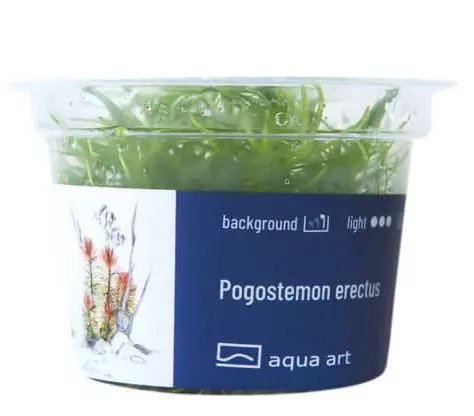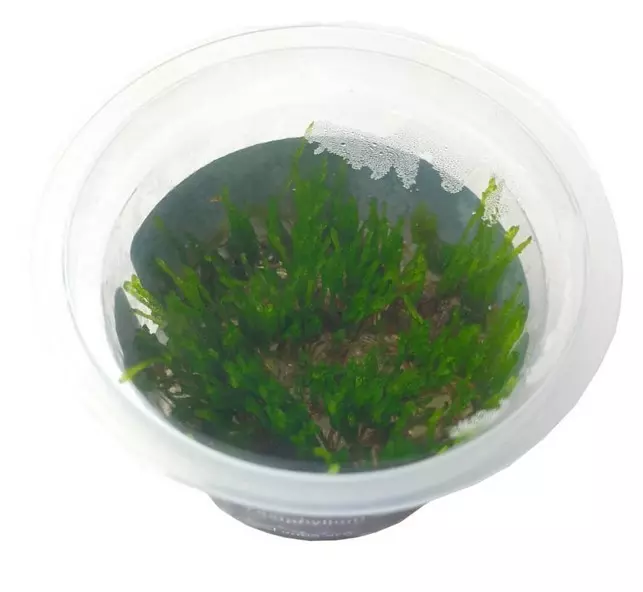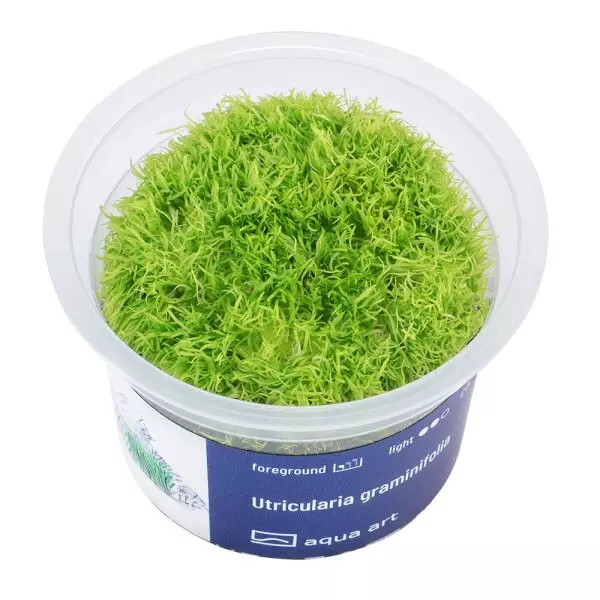Product information "Pogostemon Erectus (Indian star plant)"
Pogostemon erectus
Pogostemon Erectus is a green-stemmed aquarium plant. It looks especially attractive when planted in compact groups, in the background.
- Difficult to grow: moderately demanding
- Light requirements: medium
- CO₂ requirements: medium
- Height of the adult plant: up to 40 cm
- Growth rate: moderate
- Temperature: 20-28°C
- Aquarium location: Foreground, background
- Origin: Asia - India
- Cup diameter 6 cm
Pogostemon Erectus, or erect chard, is a decorative, light green stem plant that resembles a mini-conifer in its growth. It belongs to the light family. It is an ideal background plant. It is best planted in groups, as it forms dense clumps that provide a background for other aquarium species. Pogostemon likes to grow above the water surface.
Pogostemon grows between 15 - 30 cm tall, but can reach up to 40 cm under favorable conditions. The width of a single stem is usually not more than 3 cm. The plant needs quite a lot of light, otherwise there are no major care requirements. Due to the moderate growth rate, pruning is rather rare.
It tolerates water with a pH of 5.5-8 and water hardness of 1-20° dH.
Pogostemon can be propagated by planting cut tips in the substrate. Pruning is recommended to maintain a compact structure. This variety is not difficult to grow as long as it receives sufficient light (at least 0.5 W/l). CO₂ fertilization is advisable.
Planting: The plant must be removed from the cup and thoroughly rinsed of gel under running water. This is best done by placing the plant in a container of lukewarm water. Most of the gel will then fall off by itself. Divide the contents of the cup into 1-2 cm lumps and then place them at a small distance on the selected items.
.

















.jpg)











